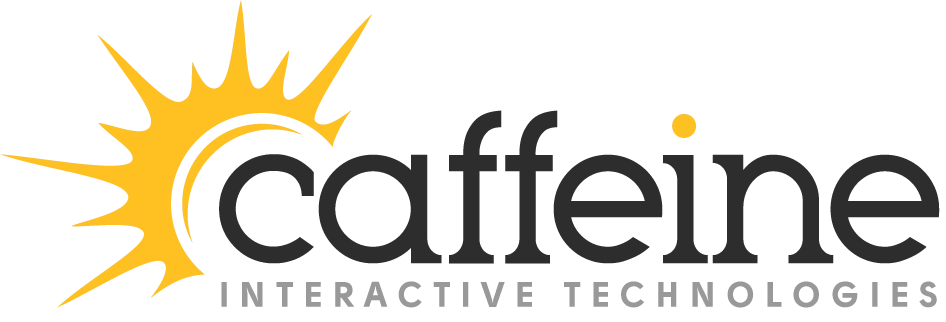Your Next App Will Fail. Here’s How to Stop It.
95% of software projects fail. Not because of bad code, but because of bad assumptions.
Right now, someone is spending tens of thousands of dollars building an app nobody wants. Tomorrow, another team will launch their “revolutionary” platform to an empty marketplace. Next week, a startup will pivot for the third time, burning through their runway like it’s confetti.
The brutal truth? Most software projects are expensive therapy sessions disguised as business ventures.
The $50 Billion Mistake Everyone Keeps Making
Here’s what kills apps:
- You think you know what users want (you don’t)
- You confuse features with strategy (they’re not the same)
- You build first, validate never (backwards)
Real talk: That “groundbreaking” idea you’re excited about? It’s probably solving a problem that doesn’t exist for people who don’t care.
The Antidote: Kill Your Darlings Before They Kill Your Budget
Smart builders don’t just code. They interrogate every assumption until it bleeds truth.
Phase 1: Stop Building. Start Proving.
Before you write a single line of code:
Get everyone on the same page. Lock your stakeholders in a room until they agree on what success looks like. If you can’t define victory, you’re guaranteed defeat.
Talk to humans, not spreadsheets. If you have to convince someone they have a problem, you haven’t found a problem worth solving. Pain should be obvious, urgent, and expensive to ignore.
Plan your invasion. How will this actually reach users? “Build it and they will come” is a movie quote, not a business strategy.
Phase 2: Prototype Like Your Life Depends On It
Would you build a house without blueprints? Then why build software without a prototype?
Here’s what separates winners from wannabes: They build throwaway versions that save them from throwaway products.
Make it clickable. A prototype isn’t a pretty picture. It’s a living, breathing test of your assumptions.
Watch people break it. Put it in front of real users and watch them get confused by your “intuitive” design. This confusion is pure gold.
“Building a prototype is the cheapest way to find out if your app is a good idea. For just 10% of the final cost, you can put a working model in front of real users and learn what needs to change before you spend a fortune on development.” -Dustin DeVries (Co-Founder)
Iterate until it hurts. Change it. Break it. Fix it. Repeat until users can’t live without it.
Phase 3: Build in Public, Fail in Private
The old way: Disappear for 6 months, emerge with a “finished” product, pray it works.
The new way: Show progress every 2 weeks, adapt constantly, ship something that matters.
Your MVP should be embarrassingly simple. If you’re not slightly ashamed of your first launch, you waited too long. Launch fast, learn faster.
No more black boxes. Every two weeks, you see real working software. You always know where your money is going and if it’s working.
Flexibility is your superpower. When the market shifts (and it will), you pivot without losing your shirt.
Stop Gambling. Start Winning.
Building software will always feel scary. But it doesn’t have to feel like Russian roulette.
Discovery kills bad ideas early.
Prototyping saves you from expensive mistakes.
Agile development turns uncertainty into opportunity.
This isn’t about adding bureaucracy. It’s about replacing fear with facts, assumptions with evidence, and hope with a plan that actually works.
Your next app doesn’t have to join the graveyard of failed projects.
But only if you’re brave enough to kill your assumptions before they kill your dreams.
Ready to de-risk your next big idea? The graveyard is full of brilliant developers who thought they could skip the boring stuff. Don’t be one of them. Reach out to us if you’d like to discuss!
